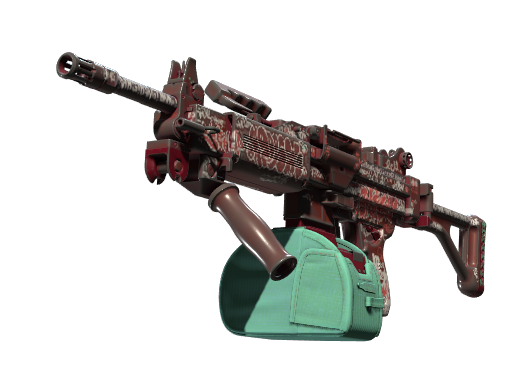Dramacool Hub
Your go-to source for the latest dramas, reviews, and insights.
Gone with the Bang: Decoding CS2 Wallbang Mechanics
Unlock the secrets of CS2 wallbang mechanics! Discover tips and tricks to dominate your game and surprise your opponents.
Understanding the Basics of Wallbang Mechanics in CS2
Understanding the basics of wallbang mechanics in CS2 is essential for players who aim to enhance their combat effectiveness. Wallbanging allows players to shoot through certain materials to hit opponents who are hiding behind cover. To successfully execute a wallbang, it's important to recognize the types of surfaces in the game. For instance, bullet penetration varies depending on the weapon used and the material type. Players should familiarize themselves with which guns are capable of shooting through walls and at what range they retain lethality. Understanding the nuances of these mechanics can lead to game-changing moments.
Moreover, players must also consider the game map layout, as different maps have unique structures and materials that affect wallbang potential. Practicing in custom servers or using aim maps can help players learn the best spots to wallbang opponents effectively. Pay attention to common player positions and utilize wallbangs to catch them off guard. With consistent practice and a good grasp of wallbang mechanics, players can develop a strategic edge, leading to more kills and an overall improved gameplay experience.

Counter-Strike is a highly competitive team-based first-person shooter that has captivated gamers worldwide since its release. Players engage in tactical battles, utilizing strategy and teamwork to outmaneuver opponents. Many players seek to optimize their gameplay through various settings, such as yekindar settings. The game's mechanics and ecosystem have evolved significantly, leading to a thriving esports scene.
Top Strategies for Mastering Wallbangs in CS2
Mastering wallbangs in CS2 can significantly enhance your gameplay, allowing you to eliminate opponents hiding behind cover. One of the top strategies is to understand the maps and the materials used in them. Different surfaces absorb bullets differently; for instance, wood and thin metal are easier to penetrate than concrete or thick metal. Spend time practicing your shots on various map locations to identify the best spots where wallbangs can be effective. Utilize your radar to predict enemy movements and prepare to strike through walls at key choke points.
Another effective strategy is to use specific weapons that are designed for wallbanging. Weapons such as the AWP and AK-47 have higher penetration rates, making them ideal for hitting targets behind barriers. Additionally, aim for the head or chest as these areas will deal more damage, increasing your chances of securing a kill. Remember to practice your timing: wallbanging requires not just the right weapon but also the right angle and timing. Combining these techniques will elevate your skills and help you dominate in CS2.
Common Misconceptions About Wallbangs: What You Need to Know
When it comes to competitive FPS gaming, wallbangs are often misunderstood, leading to a series of common misconceptions that can affect gameplay strategy. One of the most prevalent myths is that wallbangs can always go through any surface seamlessly. In reality, the effectiveness of a wallbang depends significantly on both the weapon being used and the type of wall. For instance, using a high-caliber weapon like a sniper rifle can result in more damage penetration than a standard pistol. Understanding which walls can be penetrated and which cannot is crucial for maximizing your effectiveness in engagements.
Another common misconception is that wallbangs are entirely random and rely solely on luck. While it may seem this way to inexperienced players, achieving a successful wallbang requires a mix of strategy and knowledge of map layouts. Players must consider factors such as bullet travel time, hitbox positioning, and the angle of fire. It's essential to practice and familiarize yourself with the specific areas of each map that allow for effective wallbang opportunities. By doing so, you can significantly increase your chances of landing successful shots through walls, creating opportunities for surprise engagements.